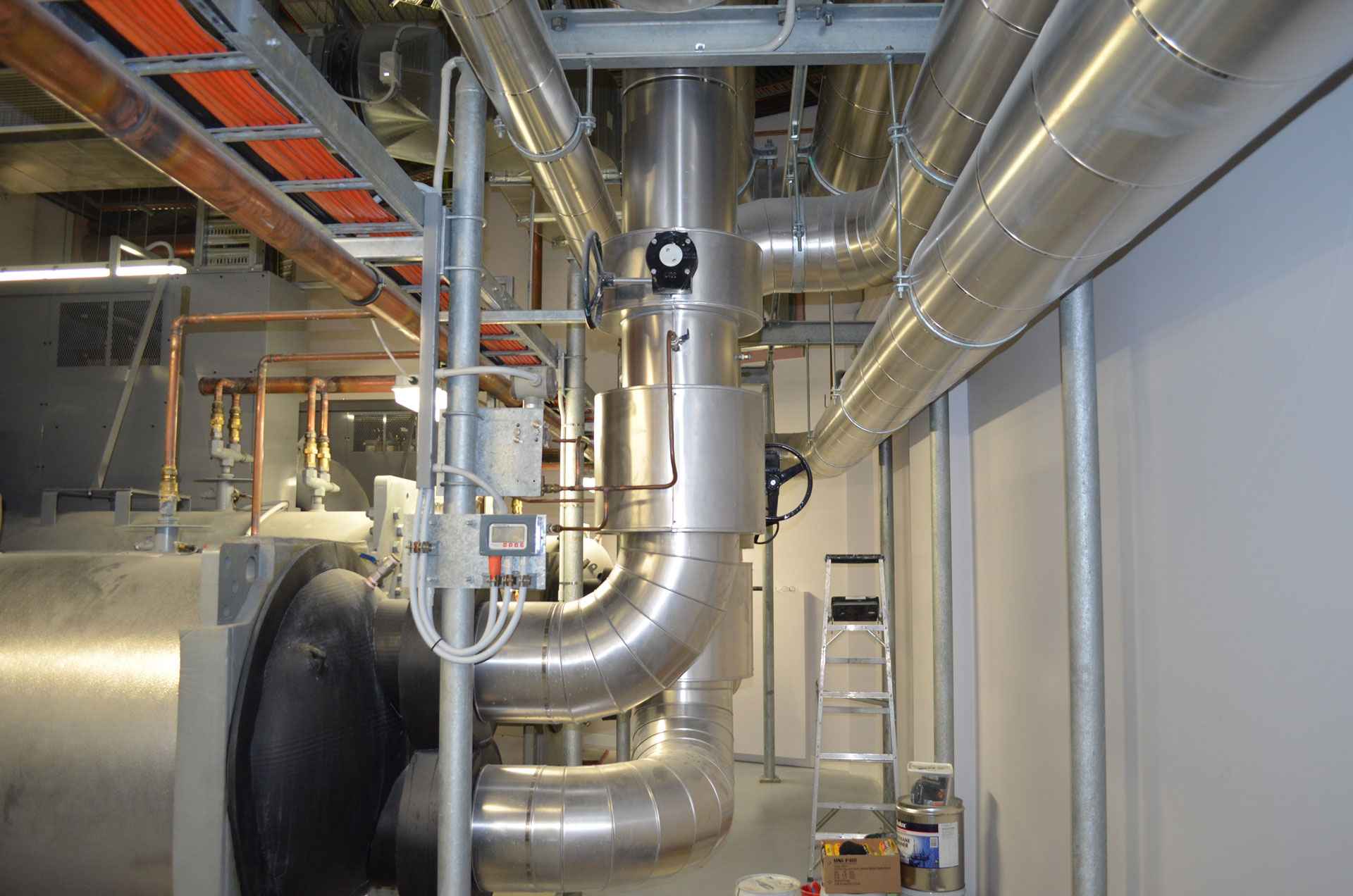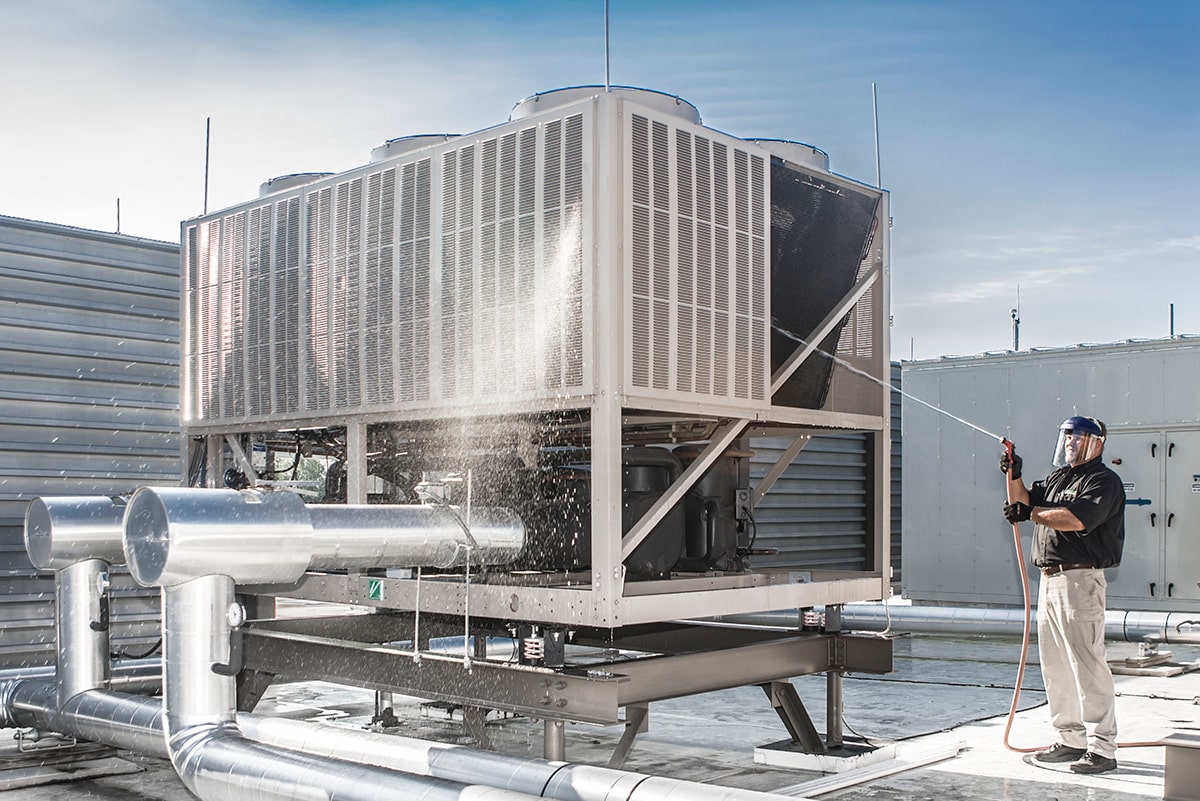The air and water balancing of HVAC (Heating, Ventilation, and Air Conditioning) systems is a critical process that ensures these systems operate at their peak efficiency, maintaining a comfortable indoor environment while conserving energy. This complex task involves adjusting and regulating the flow of both air and water within the system to achieve optimal performance.
For air balancing, the goal is to distribute conditioned air evenly throughout the building, eliminating hot or cold spots. This process involves adjusting dampers, fans, and vents to match the airflow with the specific requirements of each zone or room. Properly balanced air systems not only enhance comfort but also reduce energy consumption by preventing over-conditioning or under-conditioning of spaces.
Water balancing, on the other hand, focuses on maintaining the proper flow and temperature of water in hydronic HVAC systems. This involves adjusting valves, pumps, and other components to ensure that heating or cooling water is delivered consistently to various building zones or units. Accurate water balancing maximizes system efficiency and minimizes energy waste.
Balancing is often achieved with the help of specialized instruments that measure air and water flow, pressure, and temperature. The process requires the expertise of skilled technicians who can interpret these measurements and make the necessary adjustments.
In summary, air and water balancing in HVAC systems is an indispensable practice that not only optimizes indoor comfort but also reduces energy consumption and operating costs. It requires meticulous attention to detail and expertise to fine-tune these systems, ultimately ensuring their efficiency and reliability.






